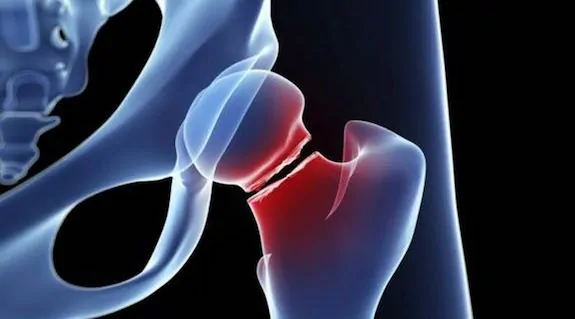Experiencing a sudden fall or impact can be alarming, especially if it results in sharp pain and immobility—classic signs of a potential bone fracture. Recognizing who to consult can significantly influence your recovery journey. Let’s explore the critical steps and healthcare pathways for managing a broken bone efficiently.
Discover top-rated osteoporosis doctors in NYC today!

Recognizing a Bone Fracture: Key Indicators
Understanding the symptoms of a bone fracture is essential. Look out for:
- Intense Pain: Persistent, sharp pain at the injury site often indicates a fracture.
- Swelling and Tenderness: Swelling around the area points to inflammation caused by an injury.
- Visible Deformity: An obvious deformity suggests that the bones are misaligned.
- Mobility Issues: Difficulty using or applying pressure on the affected area could indicate a break.
- Bruising and Discoloration: Bruises serve as visual cues of underlying trauma.
Immediate Actions for Suspected Fractures
Upon suspecting a fracture:
- Stabilize the Affected Area: Use a makeshift splint or sling to limit movement.
- Cold Compress: Apply ice packs (wrapped in cloth) to reduce swelling.
- Seek Medical Care: Promptly visit an emergency department or urgent care facility.
Seeking the Right Medical Expertise
The severity and location of the fracture will dictate the type of medical specialist required:
- Emergency Room Physicians: Address acute injuries, providing initial assessment and stabilization.
- Radiologists: Utilize imaging technologies to confirm and detail the fracture.
- Orthopedic Surgeons: Specialize in the musculoskeletal system, overseeing diagnosis, treatment, and rehabilitation.
Orthopedic Surgeons: Your Fracture Care Specialists
Orthopedic surgeons are central to managing broken bones, offering:
- Accurate Diagnosis: Employing imaging techniques to assess the break.
- Customized Treatment Plans: Developing strategies tailored to the fracture type and patient needs.
- Surgical Expertise: Conducting necessary surgical interventions to realign and secure broken bones.
- Guided Recovery: Monitoring healing progress and recommending physical therapy for full function restoration.
Your Medical Consultation: What to Expect
Your healthcare visit will involve a thorough examination, discussion of the injury’s context, and likely, diagnostic imaging. Understanding the fracture’s nature will guide the discussion on treatment options, from non-invasive methods like casting to possible surgical interventions.
The Healing Process: Recovery and Rehabilitation
Recovery duration varies based on the fracture’s complexity, your health, and adherence to medical advice. Typically involving immobilization followed by rehabilitation exercises, your commitment to the healing process plays a crucial role in regaining strength and mobility.
Preventive Measures: Safeguarding Bone Health
Prevent future fractures with lifestyle adjustments:
- Nutritional Support: Emphasize calcium and vitamin D intake for bone strength.
- Regular Exercise: Engage in activities that boost bone density and balance.
- Safety Modifications: Implement fall-prevention strategies, especially in high-risk environments.
- Bone Health Checks: Consider medical evaluations for bone density, particularly if at risk of osteoporosis.
In summary, while a broken bone can be a distressing experience, proper care from the right medical professionals can lead to a successful recovery. By understanding the symptoms, seeking timely medical attention, and following through with prescribed treatments and rehabilitation, you’re on the path to regaining full functionality and preventing future injuries. Remember, proactive measures and informed decisions are key to navigating the road to recovery effectively.